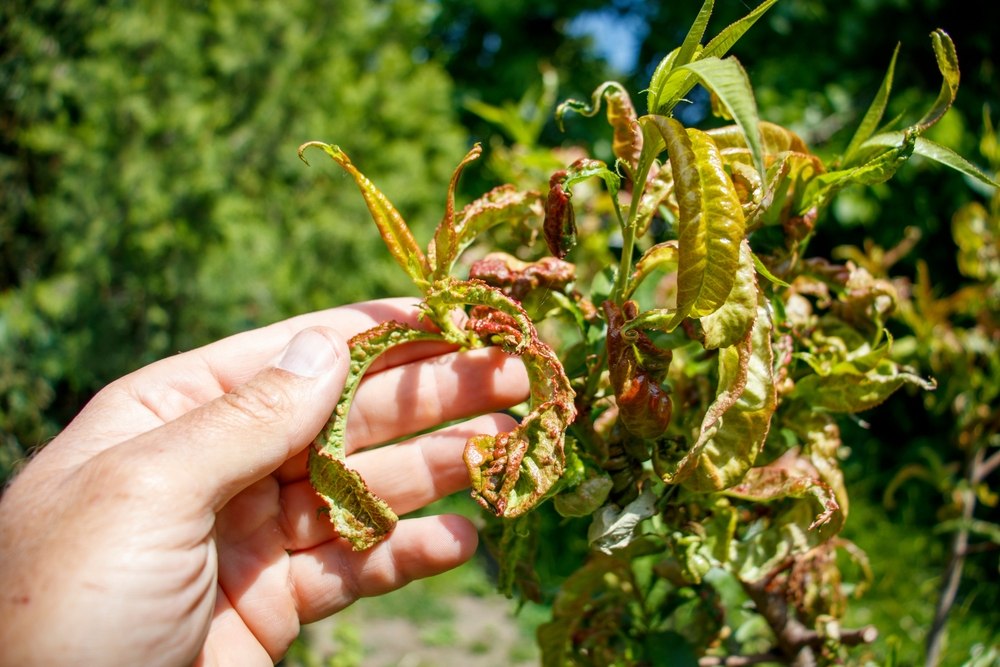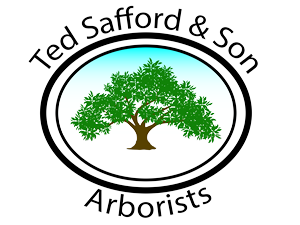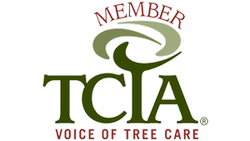What Do I Do if My Tree Looks Sick?
What Do I Do if My Tree Looks Sick?
It's common for trees to show signs of distress, and identifying the cause early can make all the difference.

Noticing that your tree isn’t looking as healthy as it should? It’s common for trees to show signs of distress, and identifying the cause early can make all the difference. Trees can experience various health issues such as disease, pests, environmental stress, or improper care. You may see yellowing leaves, wilting branches, or even dead spots. Taking action quickly is essential to prevent further damage when these symptoms show up. You should first call a professional arborist to assess the situation and get expert advice on how to proceed.
The Importance of Proper Tree Care
Maintaining the health of your trees goes beyond just keeping them alive. Proper tree care, including regular pruning and monitoring for diseases or pests, helps your trees grow strong and thrive. Without proper care, trees can become vulnerable to environmental stressors, pests, and diseases that can eventually take their toll. Regular check-ups from an arborist ensure that potential issues are spotted early, preventing costly damage in the long run. A well-maintained tree can improve the look of your landscape, provide shade, and even increase property value, so investing in professional care is crucial.
How Pruning Can Help Your Tree’s Health
One of the most important aspects of tree care is pruning. Pruning is more than just cutting back branches—it’s a technique that helps improve your tree’s overall structure and health. It encourages strong growth, allows for better airflow and sunlight penetration, and removes dead or diseased branches that can spread infections. Properly pruned trees are less likely to develop problems, and their shape is maintained, making them look visually appealing. For example, removing weak or diseased limbs prevents the possibility of limbs falling and causing damage. At Ted Safford & Son Arborists, we focus on precision pruning techniques to ensure your trees stay healthy, strong, and beautiful.
Recognizing Common Tree Diseases and Pests
Trees can face a variety of diseases and pest problems, each of which can cause significant harm if not addressed quickly. Common tree diseases include fungal infections, root rot, and blight, while pests like aphids, mites, and beetles can damage leaves, branches, and trunks. You may notice odd markings on the leaves, unusual growth patterns, or the presence of insects. Identifying these issues early on can prevent them from spreading to other trees or worsening over time. A certified arborist has the expertise to diagnose and treat these problems effectively, helping to ensure that your trees get back on the path to good health.
Why You Should Trust a Certified Arborist
When your tree shows signs of being unwell, it’s tempting to try and handle it yourself, but diagnosing tree health issues can be more complicated. Arborists are trained professionals who understand the biology of trees and the best ways to care for them. They have the knowledge and experience to identify symptoms, diagnose issues, and apply the right treatments. Whether providing the proper pruning, detecting pests or diseases early, or recommending a treatment plan, an arborist’s expertise is invaluable in keeping your trees healthy and safe. At Ted Safford & Son Arborists, we pride ourselves on offering reliable, professional services that ensure your trees stay strong for years.
If you’re concerned about the health of your trees, don’t wait for the situation to worsen. Call Ted Safford & Son Arborists today at (858) 692-2294. Our certified arborists are here to assess your trees, diagnose any issues, and provide expert care that promotes long-term health and beauty.




